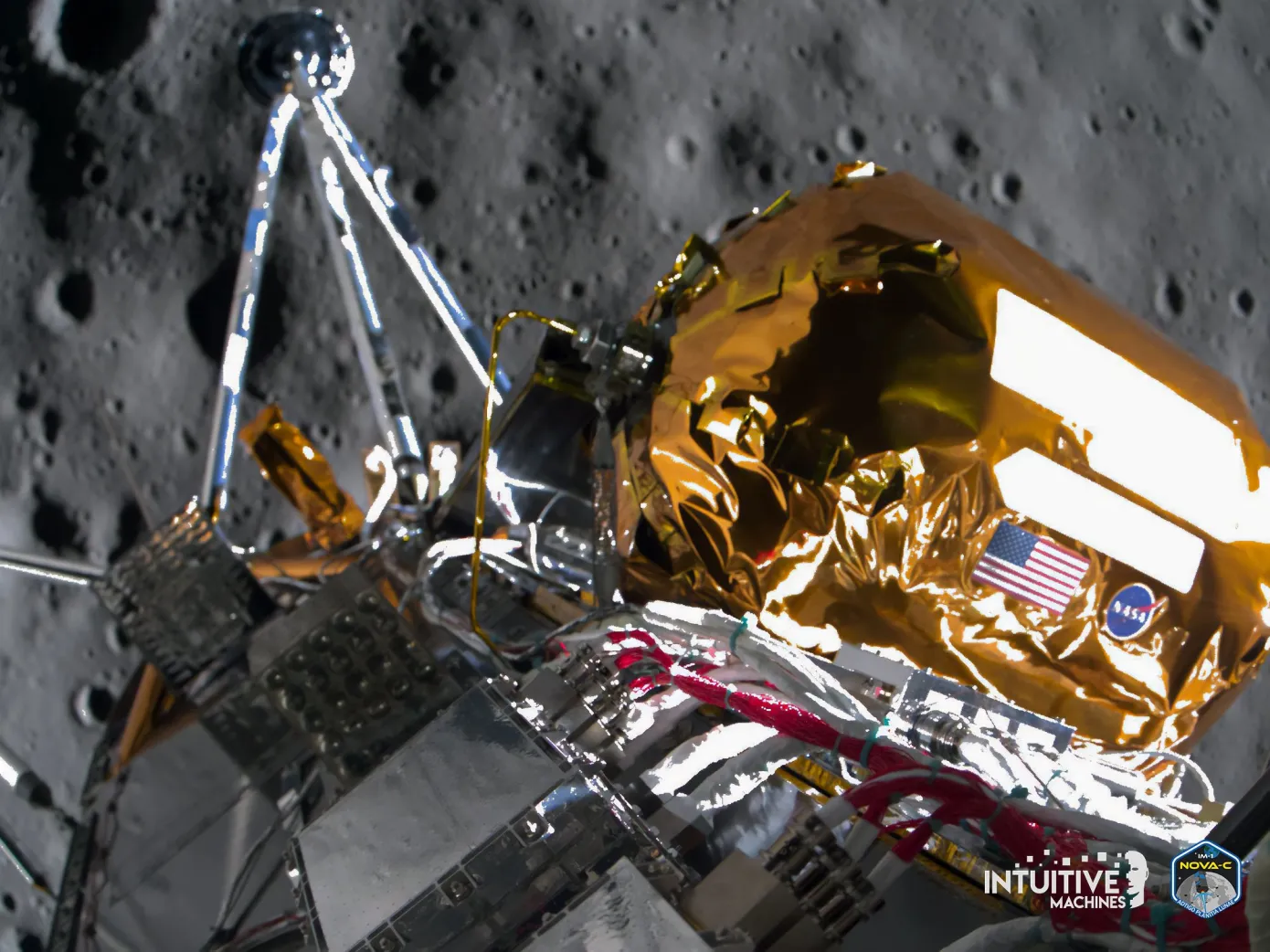Intuitive Machines’ historic moon mission has encountered a setback, with the spacecraft landing on its side, disrupting the positioning of the solar panels in relation to the sun. This unexpected turn of events has prompted flight controllers to assess the remaining battery life, estimated to be between 10-20 hours. Originally slated for a 7-10 day operational period, the premature end of the mission marks a disappointing conclusion to what was otherwise a groundbreaking achievement.
Just five days prior, Intuitive Machines celebrated a significant milestone as its spacecraft, Odysseus, successfully touched down near the lunar south pole. This marked the first time American hardware had made contact with the lunar surface since NASA’s final crewed Apollo mission in 1972. Furthermore, Odysseus’s landing represented a historic first as the first privately built and operated spacecraft to land on the moon, and the closest any lander has ventured to the lunar south pole.
However, the euphoria surrounding the successful landing was tempered when company officials disclosed during a subsequent press briefing that the spacecraft had tipped over during landing. Intuitive Machines CEO Steve Altemus suggested that Odysseus deviated from a straight descent, potentially leading to a lateral angle of approach. The rapid descent might have caused one of the lander’s feet to catch on an obstacle, resulting in the tipping incident.
Despite this setback, the achievement of landing on the moon remains a significant milestone in space exploration, highlighting both the advancements made in private spaceflight and the challenges inherent in exploring new frontiers beyond Earth.










